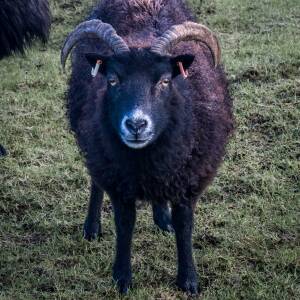Closer to Carnasserie
Some time to spare today so after over looking the castle yesterday I thought I would go to Carnasserie castle to try and blip the view from the top down Kilmartin glen. You can see the railings right at the top of the castle which is the viewpoint. However when I got to the top of the castle the view was blocked by the top branches of the trees. Here instead is a closer view of the castle from the path up.
Inside most of the castle is open apart from a very dark room at the bottom of the spiral staircase. I set up my tripod in a dark corner here to try to take a photo of the light coming down the staircase. As I lurked in the dark corner two welsh tourists appeared from the stairs with eyes blinded by the day light. Now they will forever think the castle is haunted as they fled to the car park.
Lots of faffing with this photo to bring out the sky and lots of waiting until the sun caught it the way I wanted.
Some history of the castle here from Wiki
Carnasserie Castle (also spelled Carnassarie) is a ruined 16th-century tower house, noted for its unusual plan and renaissance detailing.
The castle was built by reforming churchman John Carswell, who was Rector of Kilmartin, Chancellor of the Chapel Royal at Stirling, and later titular Bishop of the Isles. Carswell published the first book to be printed in Scottish Gaelic, a translation of John Knox's Book of Common Order. Construction began in 1565 using masons brought from Stirling. Although the castle was notionally built for Carswell's patron, the Earl of Argyll, he intended it as a personal residence for himself.
On Carswell's death in 1572, the castle passed to his patron, the Earl of Argyll. Later, in 1643, the 8th Earl of Argyll sold Carnasserie to Sir Dugald Campbell, 3rd Baronet of Auchinbreck. Following the 9th Earl's failed uprising in support of the Monmouth Rebellion, against James VII in 1685, the castle was blown up by Royalist forces. Although the outer walls remain largely undamaged, the ruins were never repaired. In the 19th century the estate was sold to the Malcolms of Poltalloch, who also own nearby Duntrune Castle. Today it is a Scheduled Ancient Monument in the care of Historic Scotland (no entrance fee; open in summer).

Comments
Sign in or get an account to comment.


